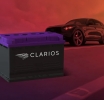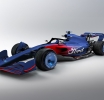The Return of Traditional Buttons and Physical Controls in Cars
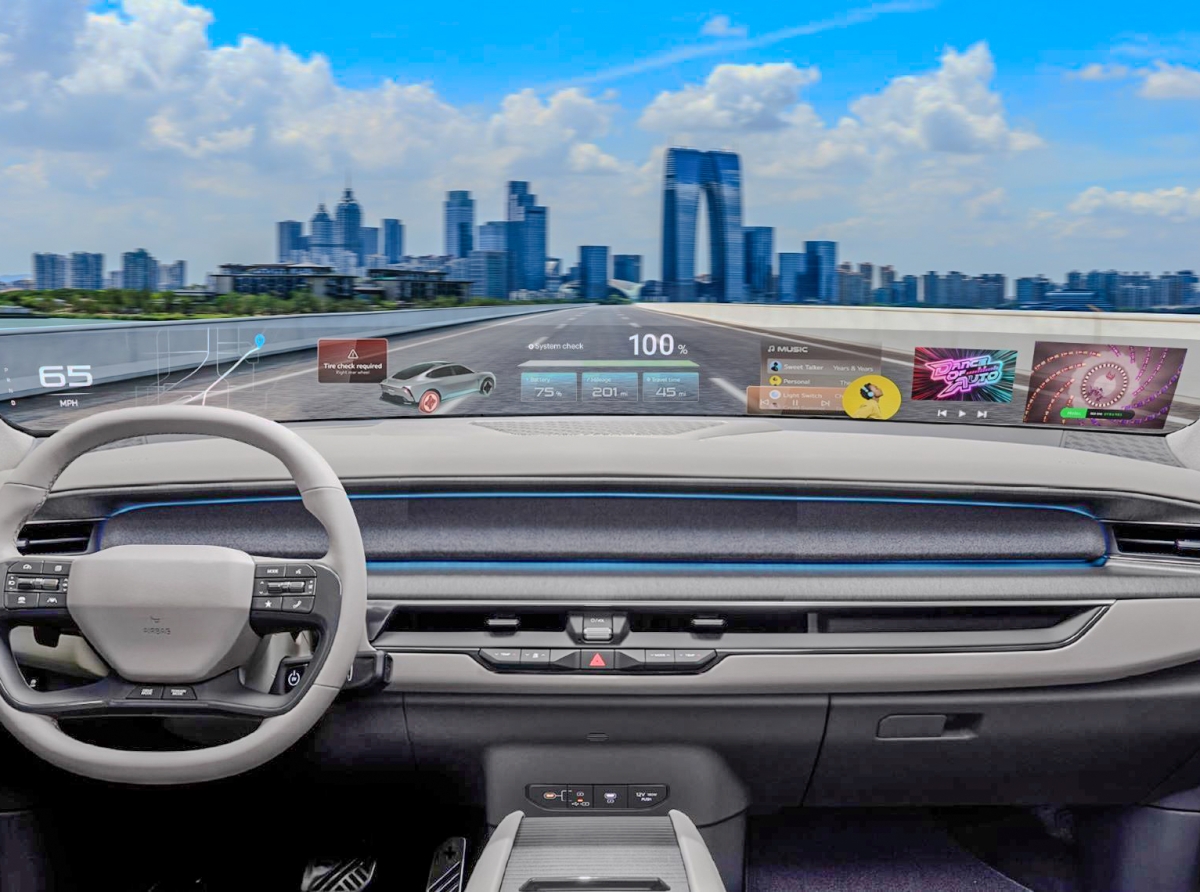
Car screens are more advanced than ever: large, high-resolution, and equipped with responsive, well-designed software. Yet, after years of adding screens to dashboards, it turns out that people don’t like using them — especially for common functions like adjusting the air conditioning or volume. Navigating menus while driving is both dangerous and irritating, as Hyundai Design North America (HDNA) discovered through focus groups. As a result, the Korean automaker is considering reintroducing traditional buttons. The redesigned Ioniq 5 already features a revamped HVAC control panel, with more models to follow.
"By integrating infotainment screens into our vehicles, we experimented with touch controls, but people didn’t prefer them," said Ha Hak-soo, vice president of HDNA, in a recent interview with Korea JoongAng Daily.
Like many other manufacturers, Hyundai initially embraced all-touchscreen systems, inspired by Tesla’s "wow" effect. In 2019, Hyundai even unveiled a concept with touchscreen controls embedded in the steering wheel. However, testing changed their perspective: "We found that people were stressed and frustrated when they wanted to control something quickly but couldn’t," Ha added.
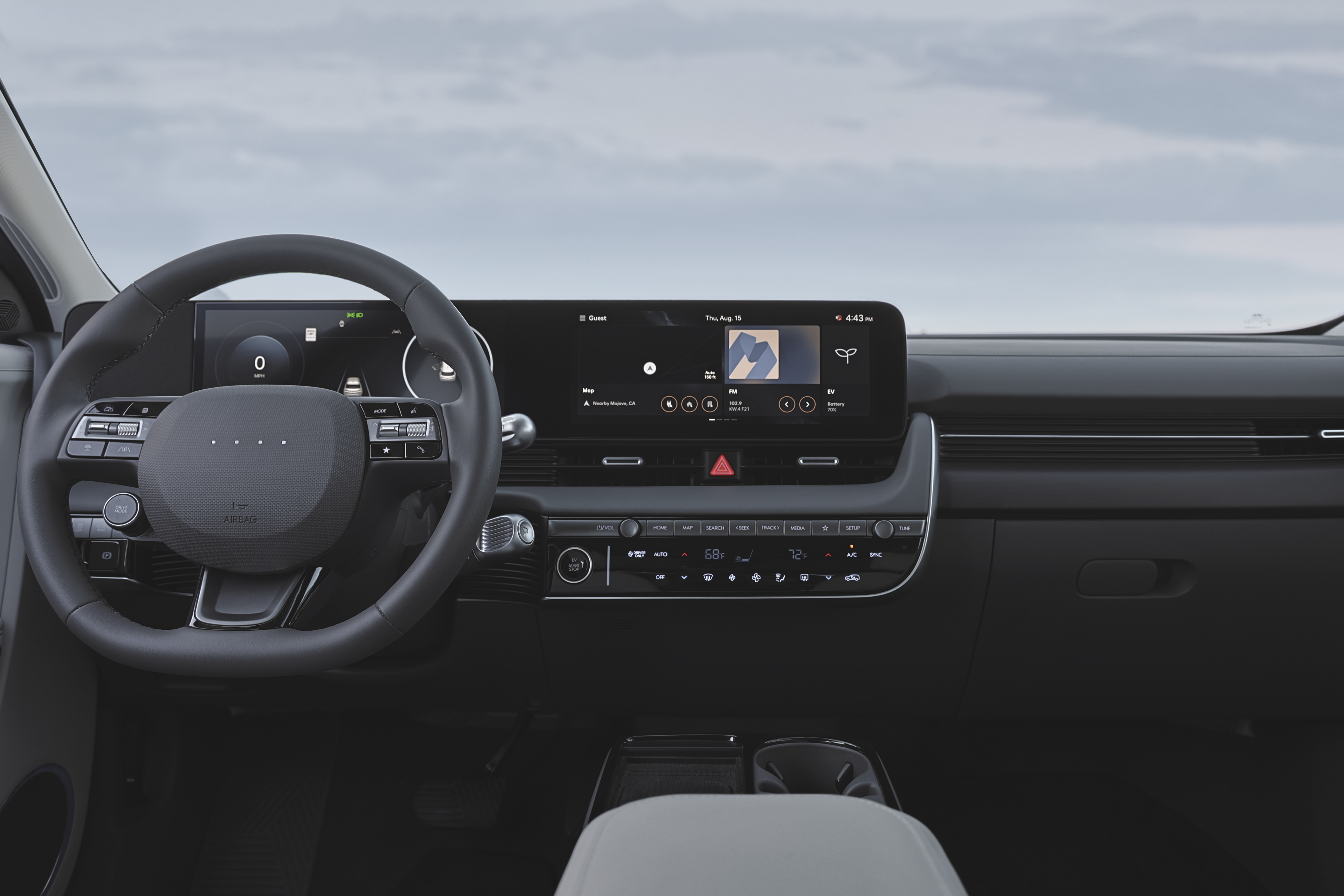
Automotive Journalists Sound the Alarm
For years, automotive journalists and experts have warned manufacturers about the dangers of touch controls. Recently, Euro NCAP, the organization responsible for crash testing and safety ratings, announced that starting in 2026, physical buttons for certain functions will be required for a five-star rating, in addition to usual safety features like airbags and automatic emergency braking.
Large screens in cars may look appealing and serve as a cost-saving measure for automakers but navigating menus to adjust temperature or music is a distraction. Physical buttons allow drivers to make adjustments without taking their eyes off the road. Haptic surfaces, by contrast, lack the same level of intuitive comfort.
Hyundai is also developing advanced screens that span the entire width of the windshield, operated primarily through voice commands. A production model featuring this technology could debut by 2027.
There is potential for striking a balance by combining buttons and screens within the driver’s field of vision—or perhaps Hyundai is simply hedging its bets. Either way, the coming years promise significant changes to the in-car user experience.
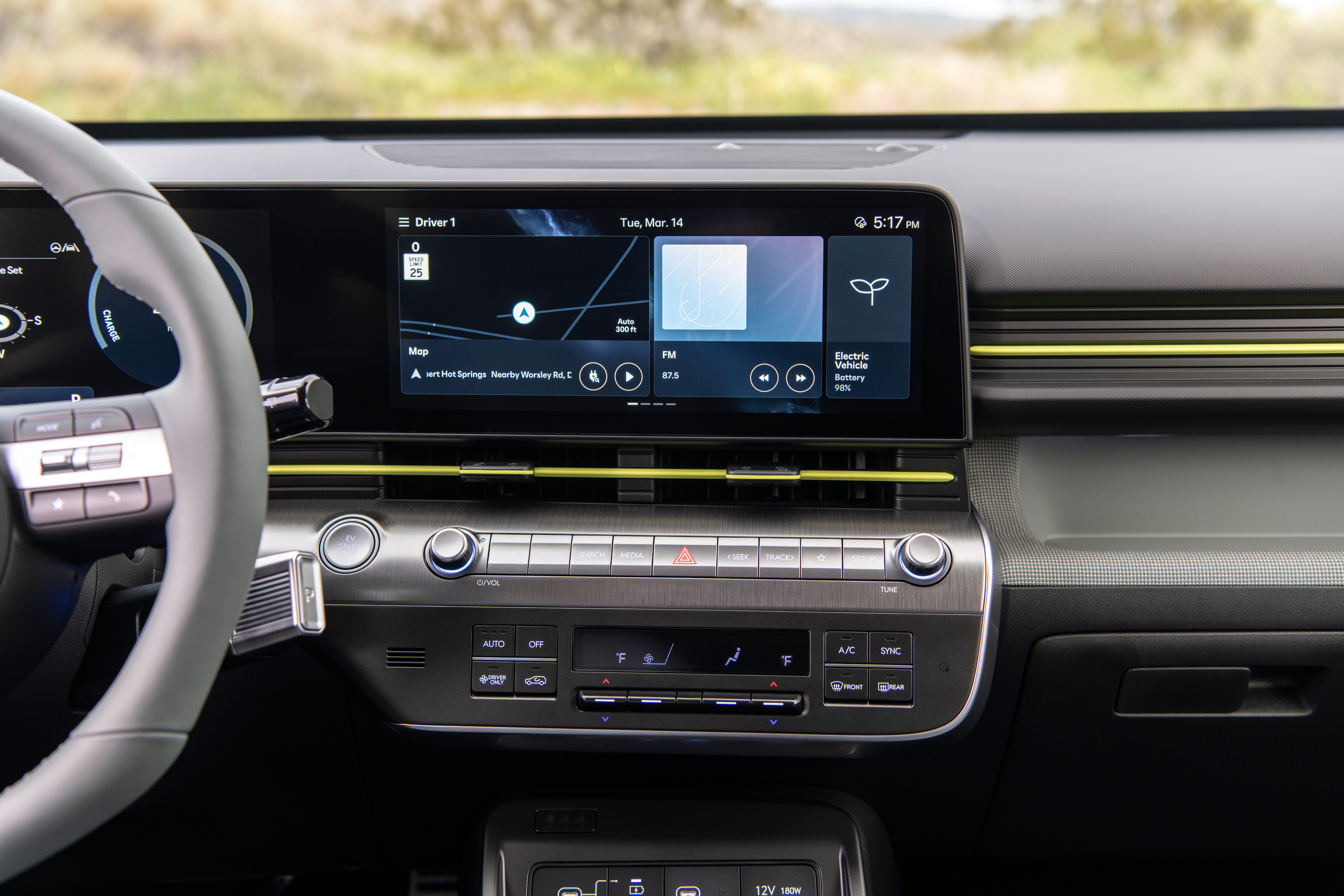


 En
En  Fr
Fr 